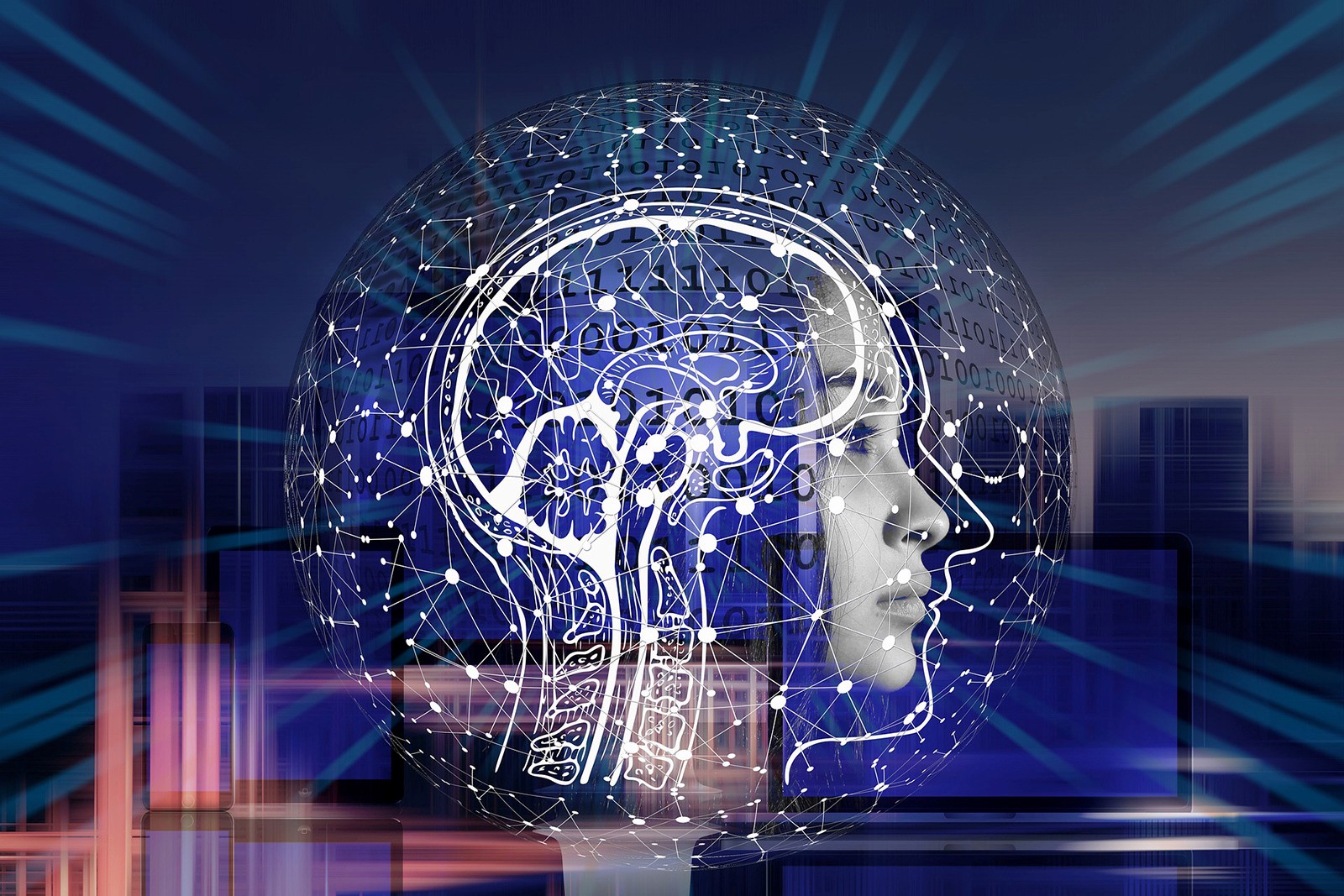The Role of AI in Driving Sustainability Efforts
Artificial Intelligence (AI) is transforming sustainability efforts across various sectors, offering innovative solutions to environmental challenges. Here’s a closer look at how AI is driving change:
1. Energy Efficiency
Smart Grids: AI analyzes data from smart grids to predict energy demand and optimize supply in real-time.
Renewable Integration: Algorithms facilitate seamless integration of solar and wind energy into power systems, reducing waste and emissions.
2. Smarter Agriculture
Precision Farming: AI uses data from drones, sensors, and satellites to monitor crop health and predict yields.
Resource Optimization: Insights from AI minimize water usage and fertilizer application, enhancing productivity while reducing environmental impact.
3. Combating Climate Change
Environmental Monitoring: AI tracks deforestation, melting ice caps, and sea level rise using satellite data.
Climate Prediction: Advanced models forecast extreme weather events, aiding disaster preparedness and mitigation strategies.
4. Advancing Circular Economy
Waste Management: AI-powered sorting systems efficiently identify and separate recyclable materials.
Sustainable Design: Algorithms help design products for easier recycling, promoting sustainable production practices.
5. Challenges and Ethical Considerations
Energy Consumption: AI systems require significant computational power, which can lead to high energy usage.
Ethical Concerns: Issues like data privacy and algorithmic bias need to be addressed to ensure responsible deployment.
AI’s ability to analyze complex data at scale makes it a key player in achieving sustainability goals. From optimizing energy use to advancing the circular economy, AI is paving the way for a more sustainable future. However, it’s vital to balance innovation with ethical and environmental considerations to maximize its potential responsibly
